Climate change has led to a significant increase in global temperatures, which negatively affects the habitats of big cats. These apex predators, including lions, tigers, and leopards, are highly susceptible to changing weather patterns, which can disrupt their hunting routines, breeding cycles, and overall habitat suitability.
Shifts in Prey Populations
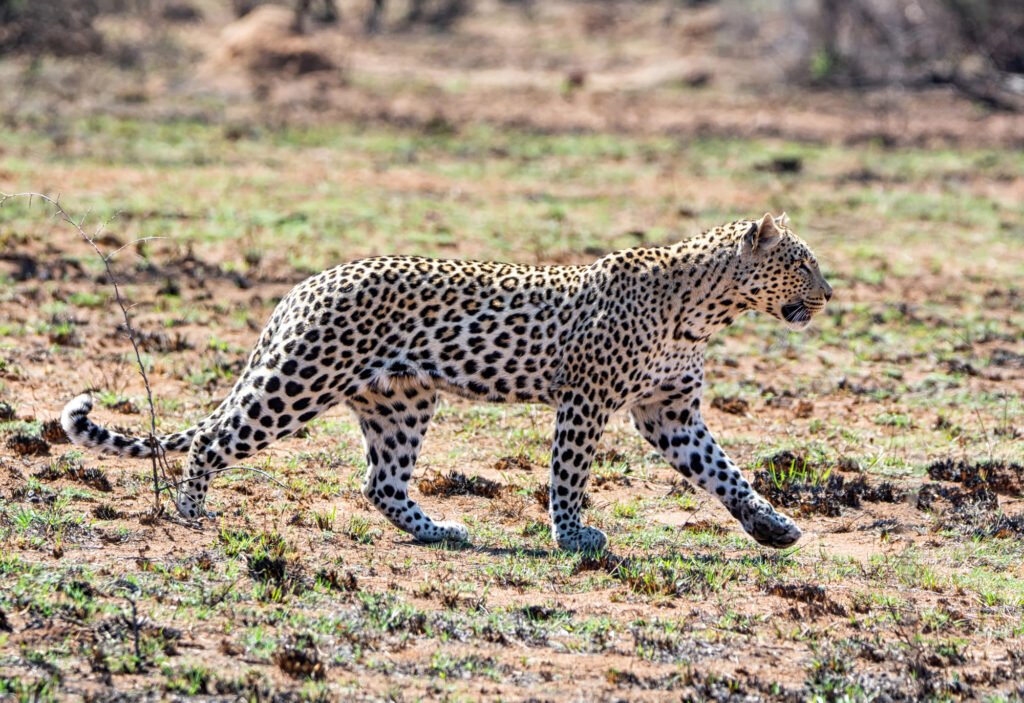
As temperatures rise, the habitats of prey animals often shift, decreasing the available food resources for big cats. This poses a serious threat to their survival. The prey animals may migrate to cooler regions or areas where vegetation remains lush, forcing big cats to travel further and expend more energy in search of food.
Habitat Loss Due to Deforestation

Climate change is accelerating the rate of deforestation, either through increased frequency of wildfires or human activities such as agriculture and logging. This results in the loss of critical habitat for big cats, leading to reduced territories and increased competition among these animals, which can cause heightened stress and lower reproductive rates.
Water Scarcity and Its Effects
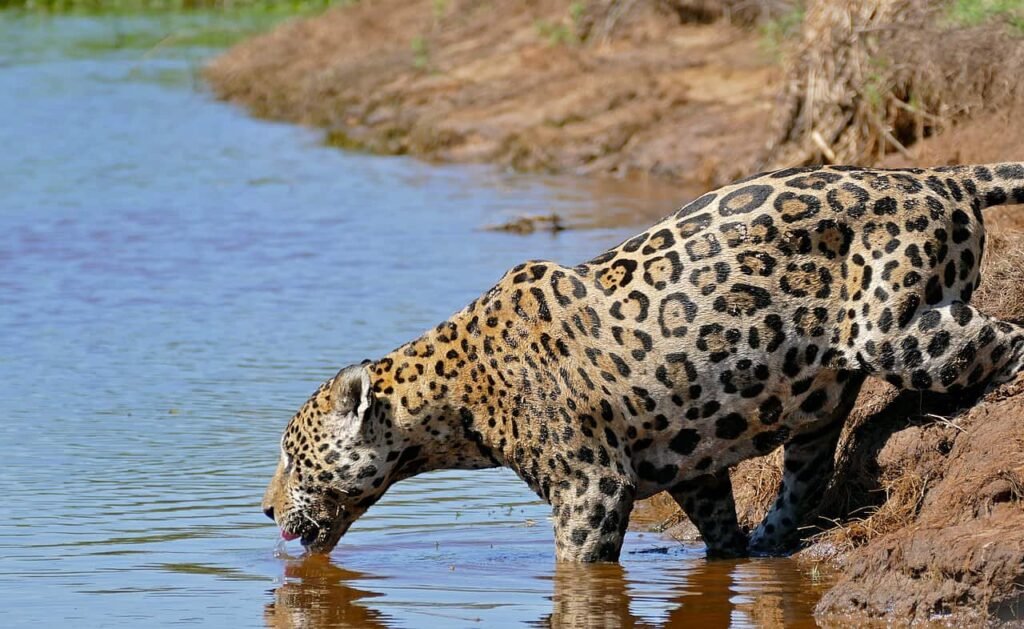
Water is a vital component of any ecosystem, and climate change-induced droughts severely impact water availability in big cat habitats. Scarce water supplies can lead to the degradation of the ecosystem and force big cats to venture into human-populated areas in search of water, increasing the risk of human-animal conflict.
Changes in Vegetation Patterns
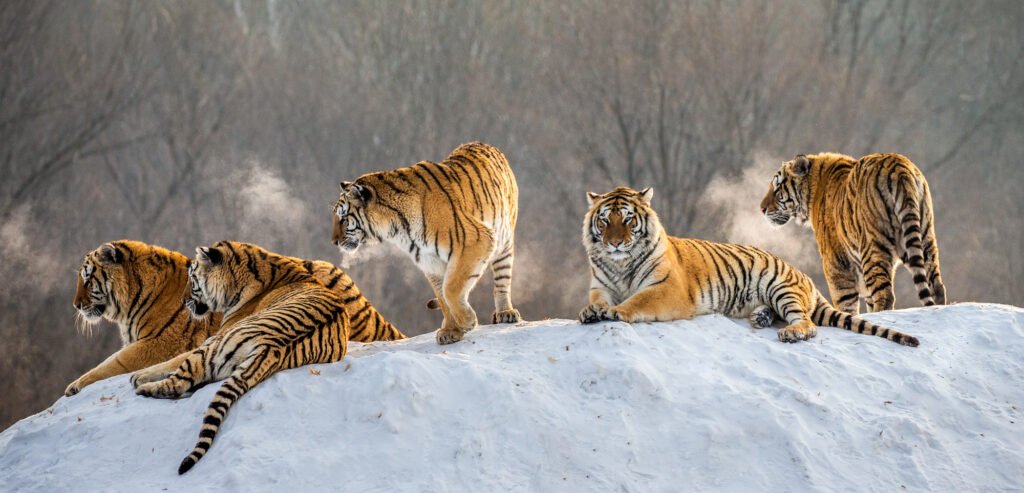
Altered weather patterns result in changes to the types of vegetation that grow in various regions. Such shifts can diminish the hiding places required by both prey and predators. The loss of camouflaging foliage makes hunting more challenging for big cats, and simultaneously exposes them to potential threats.
Increased Human-Wildlife Conflict
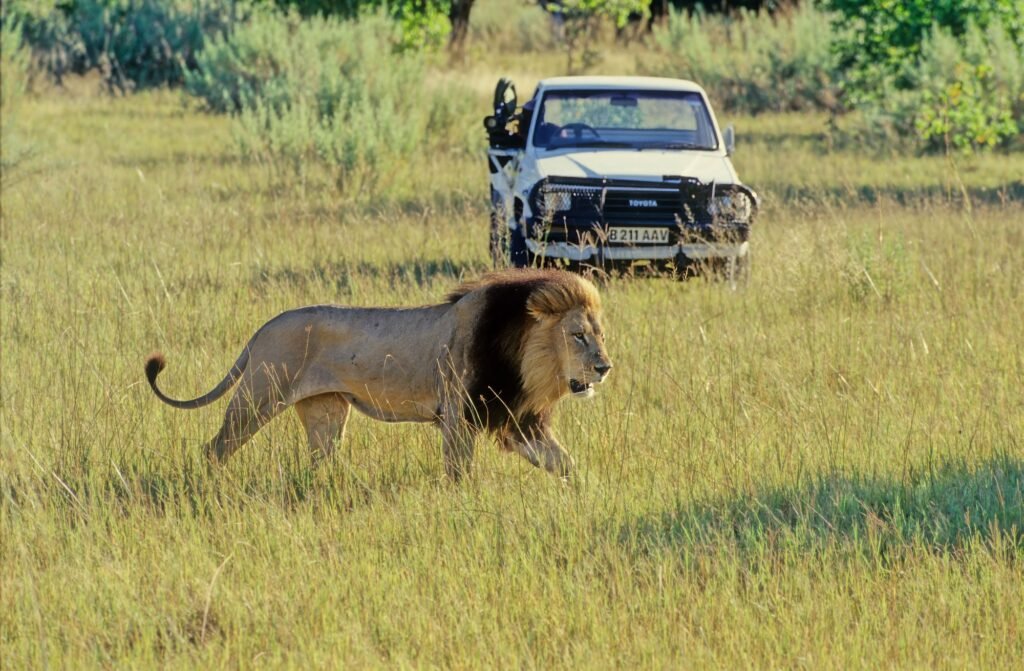
As climate change pushes big cats out of their usual territories, they often come into conflict with human populations. This can lead to increased poaching and retaliatory killings, further threatening their survival. Conservation efforts need to take into account these increasing interactions between humans and big cats to ensure their safety and preservation.
Impact on Breeding Patterns
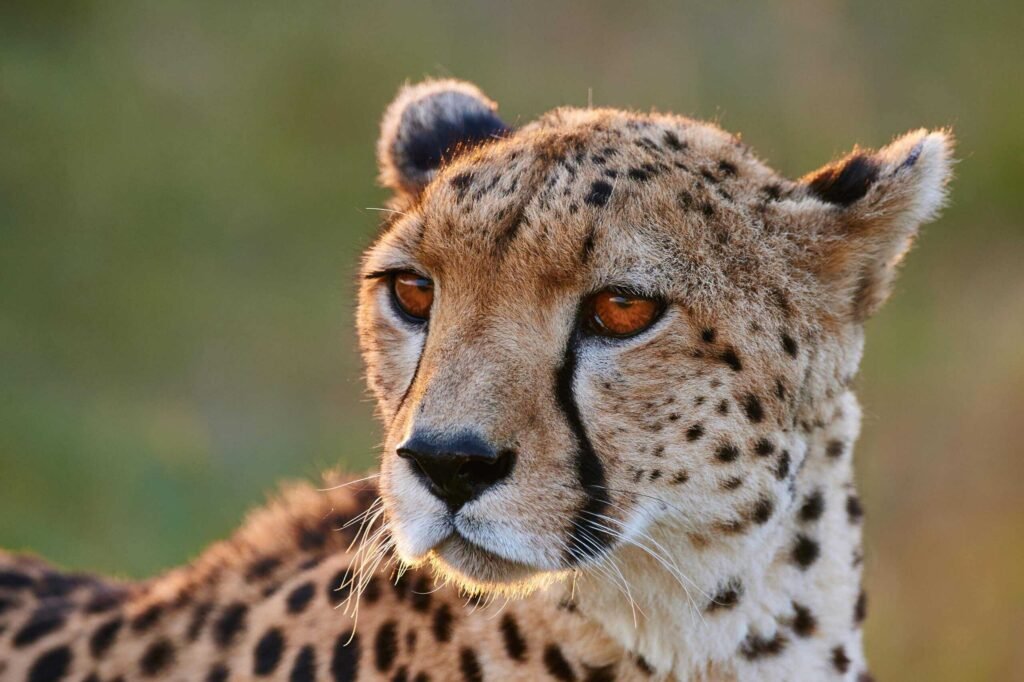
Climate change can also affect the breeding patterns of big cats. Changes in temperature, food availability, and habitat stability can lead to altered mating seasons and reduced birth rates. This shift threatens the long-term survival of these species, as populations may not reproduce at rates necessary to maintain stable numbers.
Role of Protected Areas

Protected areas and wildlife reserves have become increasingly important in safeguarding big cat populations. However, climate change poses challenges even for these sanctuaries. Conservationists are tasked with managing these lands to buffer against climate impacts, ensuring they continue to provide viable habitats.
Conservation Strategies to Combat Climate Impact
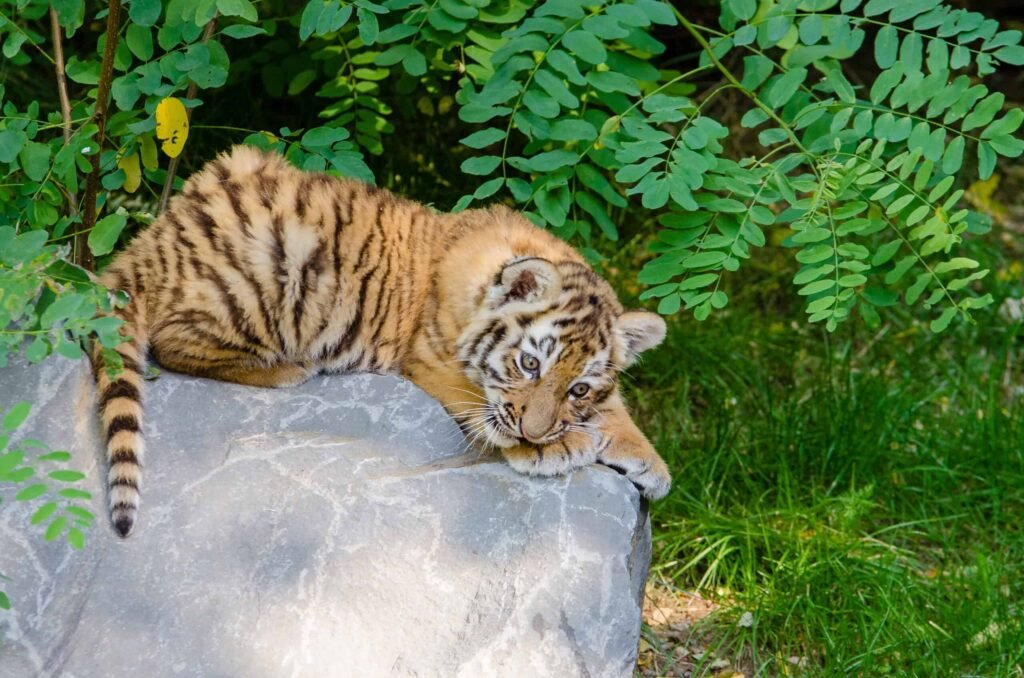
Effective conservation strategies are crucial in mitigating the impacts of climate change on big cat habitats. These strategies include habitat restoration, establishing wildlife corridors, and implementing policies that reduce habitat fragmentation. Additionally, community education and involvement are key in fostering coexistence between humans and big cats.
The Need for Global Cooperation

Addressing climate change and its effects on big cats requires global cooperation. Nations must commit to reducing carbon emissions, conserving critical habitats, and supporting international conservation programs. Big cats’ survival depends on collective actions that tackle both the direct and indirect impacts of climate change.
The Future of Big Cats in a Changing Climate
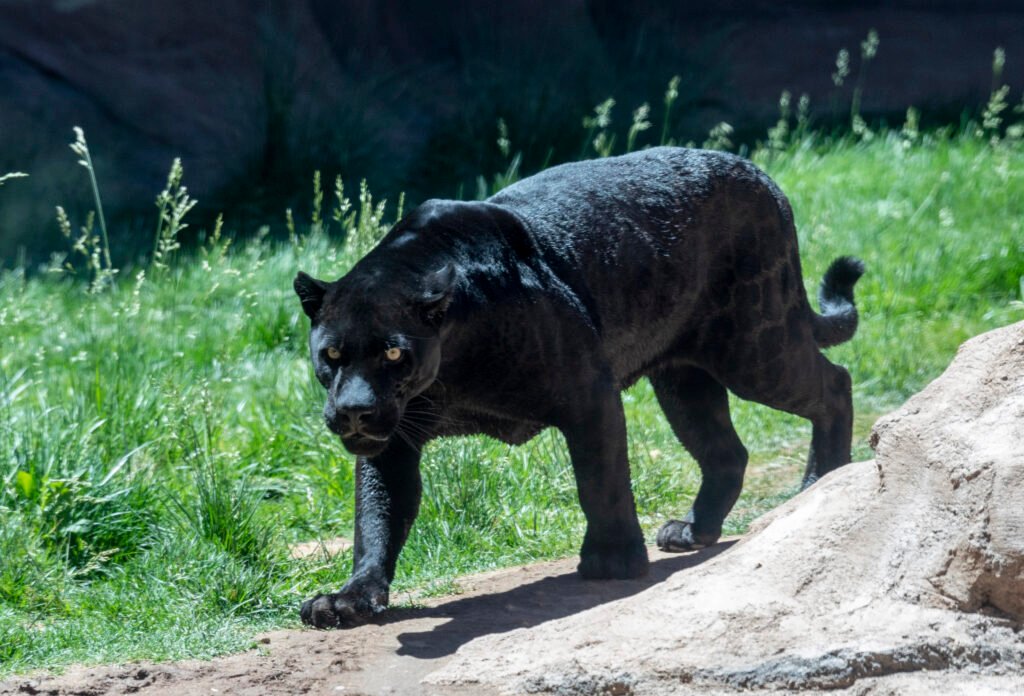
The future of big cats amidst climate change remains uncertain. While the challenges are significant, there is hope through concerted conservation efforts and global commitment to addressing climate issues. Protecting these magnificent creatures requires dedication and innovation, ensuring that big cats can continue to roam wild in their natural habitats for generations to come.






